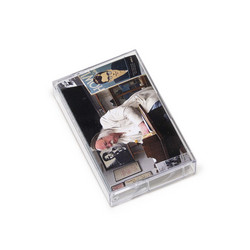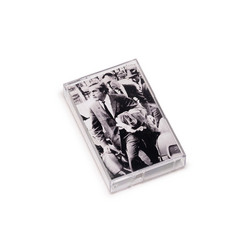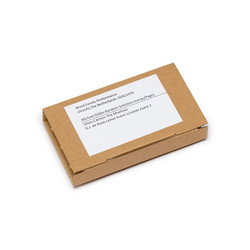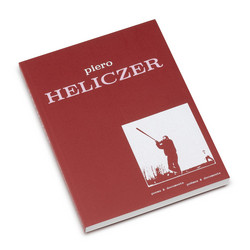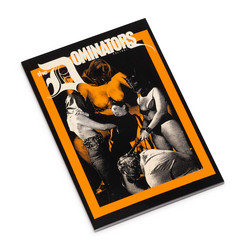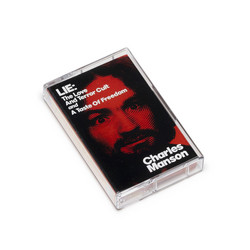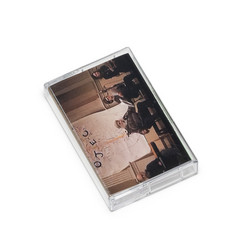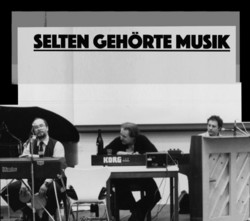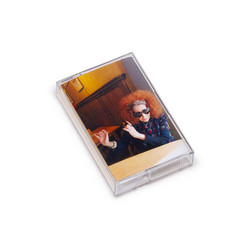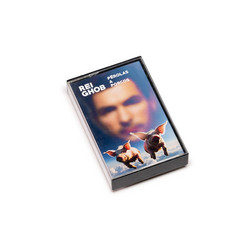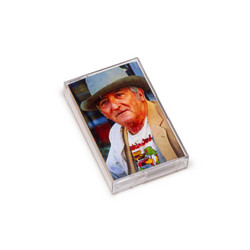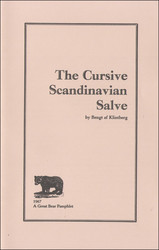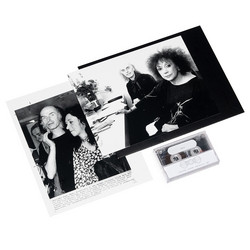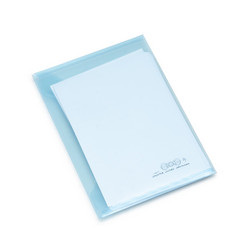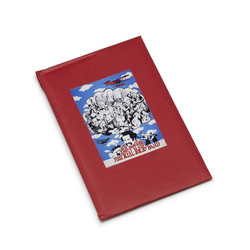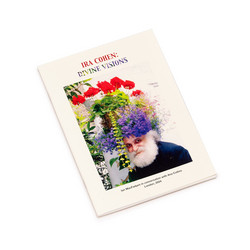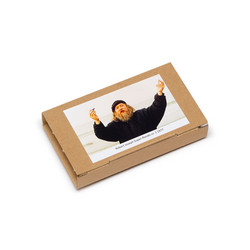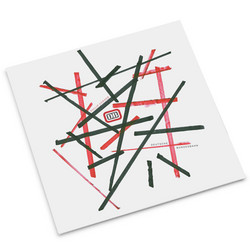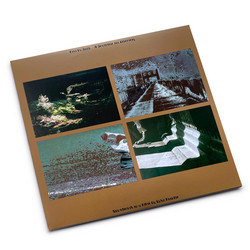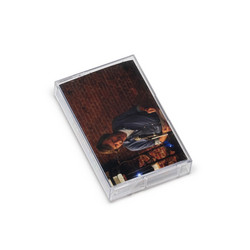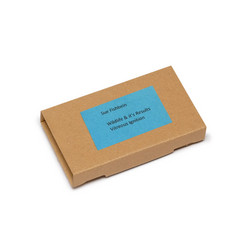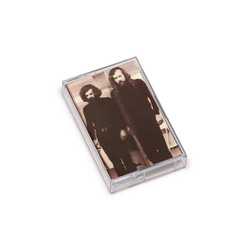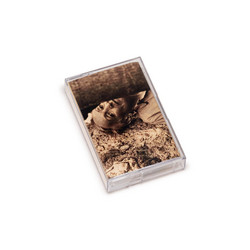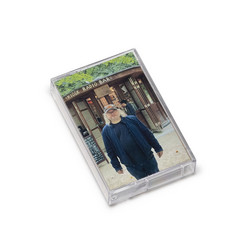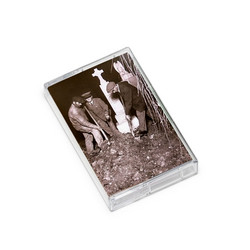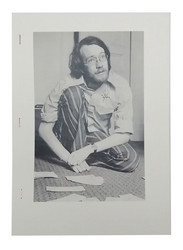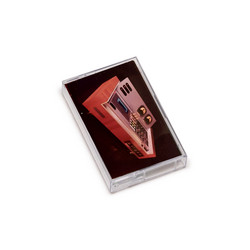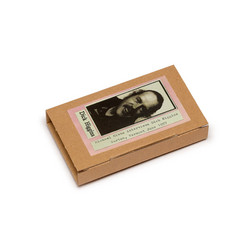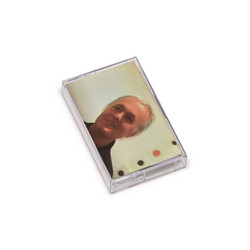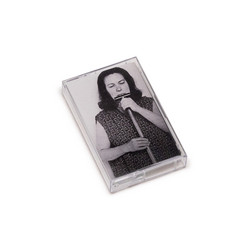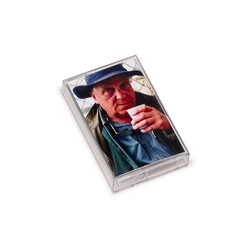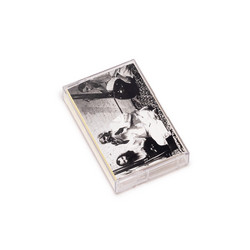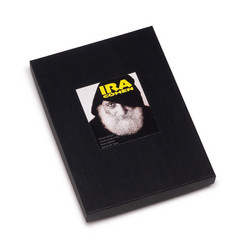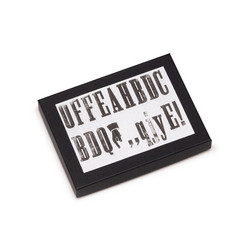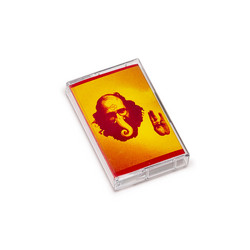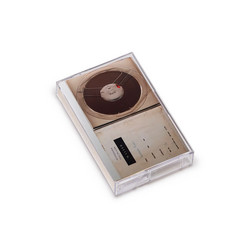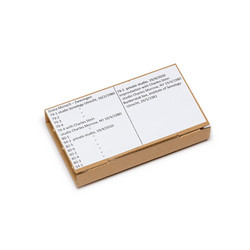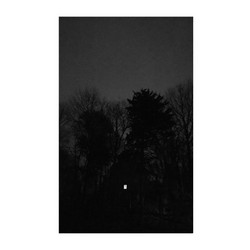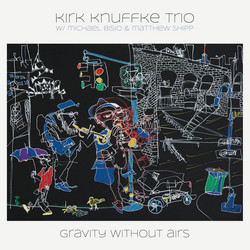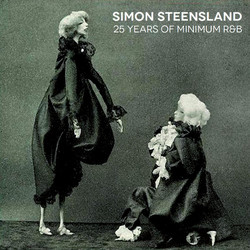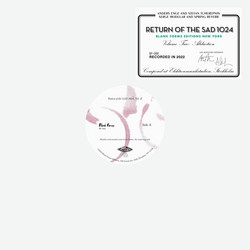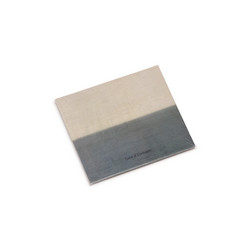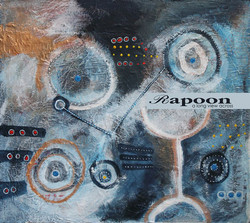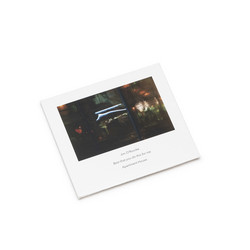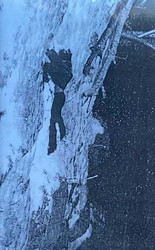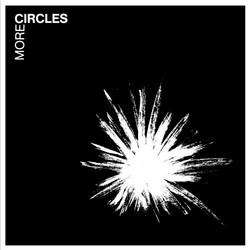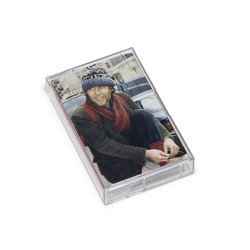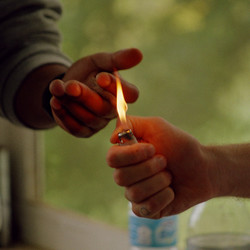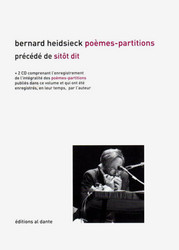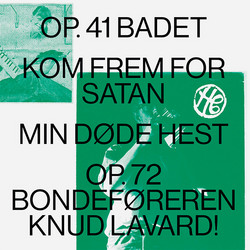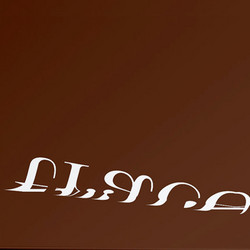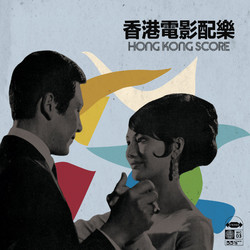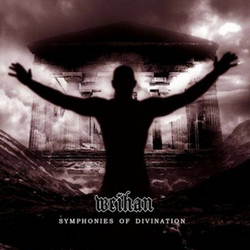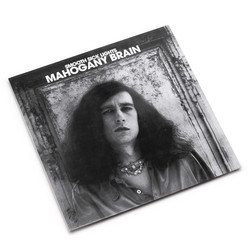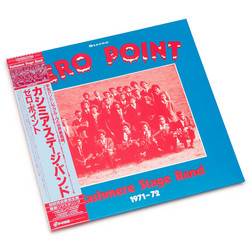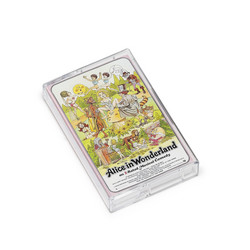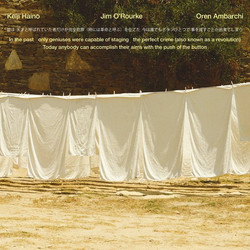A crucial document from the experimental poetry underground emerges with this rare archival release. Side A features G.J. de Rook, the legendary Dutch concrete poet, in a revealing interview about sound poetry, conducted in Dutch but enriched with fascinating historic samples. Side B presents a rare sound piece by Takahashi Shohachiro, the enigmatic Japanese performance artist who bridged Beat poetry and experimental sound art.
G.J. de Rook (born 1942) stands as the undisputed pioneer of Dutch visual poetry. Co-founder of the In-Out Center alongside Ulises Carrión, he established the influential exp/press publishing house in 1970, becoming a vital link between experimental poets across Europe, America, and Asia. His groundbreaking works include xprmntl ptry (1971) and the conceptual masterpiece dutch railway system (1971), featuring abstract drawings created by train movements across the Netherlands. De Rook collaborated with an international network of avant-garde figures including Klaus Groh, Paul de Vree, and Michael Gibbs. His work appeared in the seminal Anthology Visual Poetry (1975) and countless experimental collections that defined the era's radical approach to language. Though he stopped creating art in 1977, his influence on concrete poetry remains immeasurable.
Takahashi Shohachiro emerged from Tokyo's underground scene where Japanese artists responded to American Beat poetry while developing unique approaches to sound and performance. Connected to the influential bilingual journal The Plaza: A Space for Global Human Relations, he participated in a remarkable cross-cultural dialogue that brought together Beat poets, Objectivist writers like Cid Corman, and Japanese experimental artists. His rare sound piece represents a crucial document from this largely undocumented movement—a period when sound transcended linguistic and cultural barriers to create entirely new hybrid forms.
This release captures two complementary approaches to sound poetry: de Rook's analytical, collaborative method rooted in Dutch avant-garde ideals, and Takahashi's Beat-influenced approach from Tokyo's experimental underground. Together, they represent a cross-cultural dialogue that helped shape how sound, language, and meaning intersect in post-war experimental tradition. For collectors of sound art and experimental poetry, this document offers invaluable insight into two crucial but underexplored figures in the development of sound poetry as an art form.
